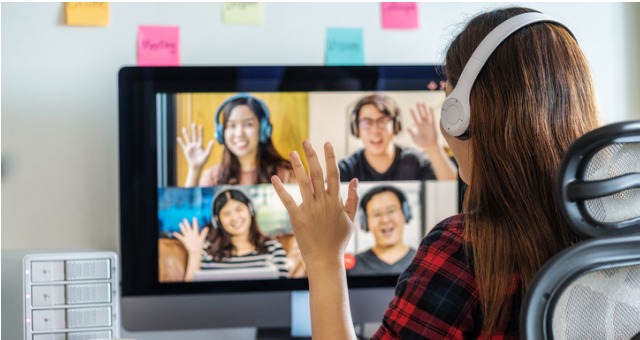
6
JulyHow Online Learners Can Succeed in a Fragmented Education System
The United States education system is saddled with a patchwork of systems, districts, decision making and budget commitments. This results in policy reform moving at snail’s pace, and long lead times for government-backed laws, regulations and change. But that doesn’t mean the system is broken. Just because there is no centralized format for decision-making on a federal, or even state level, doesn’t mean that students’ best interests aren’t being kept top of mind. In fact, the opposite case could be made. In the United States, Districts have more freedom to address the specific needs of their students — ones that couldn’t be addressed if education was tightly regulated by state and federal government.
The decentralization of the U.S. public education system also works in our favor by giving schools the opportunity to try different tools, technology and curricula to see what works and what doesn’t. We can use this data to inform how we instruct future generations of learners so that with each passing year, the educational experience gets better and better.
COVID’s Impact on the U.S. Education System
Globally, in response to the pandemic, 1.2 billion students were transferred out of the classroom and into an online learning environment in just a few short weeks. The U.S. was no exception. U.S. educators demonstrated that, when necessary, they can move at lightning speed to adapt. This should disprove the canard that educators are not capable of changing. The truth is quite the opposite. Because our system is decentralized, we saw districts rapidly mobilize a huge range of approaches for online education — and no one was waiting for a central direction from the government. It wasn’t easy, it wasn’t pretty, but it got done.
As a result, the infrastructure for online learning is ready. What would have taken five to 10 years was muscled into place over a few months. The technology is in place, and both teachers and students are equipped to use it. And, the vast majority of U.S. school districts plan to incorporate some online learning into their curricula post-pandemic.
So, where does that leave us?
In a pretty great place to continue online education and improve it based on what we’ve learned so far.
Tips for Making Online Learning Successful
Online learning is a powerful tool that can greatly enhance the learning experience for a child when wielded correctly. Despite the fact that educators across the nation are all teaching online differently, there are some considerations that all should keep in mind. Below are some tips that will ensure any online virtual program you implement is successful:
Ask the question: Who will benefit most from online learning? To find out where online learning belongs, you have to understand who will use it most effectively. These are the students who:
Are studying a niche subject that is difficult to staff;
Participate in extracurricular activities that impinge on the school day;
Don’t feel safe in the school building;
Learn better via virtual instruction.
If you try to make online learning a one-size-fits all mechanism, it simply won’t work. But, if you take a look at who will benefit most from online learning, it makes it easier to tailor your teaching approach to the needs of the individual online learner

Reviews